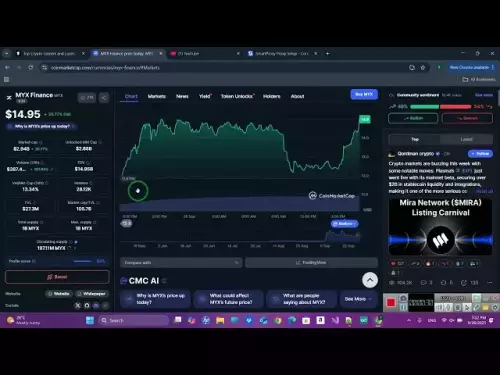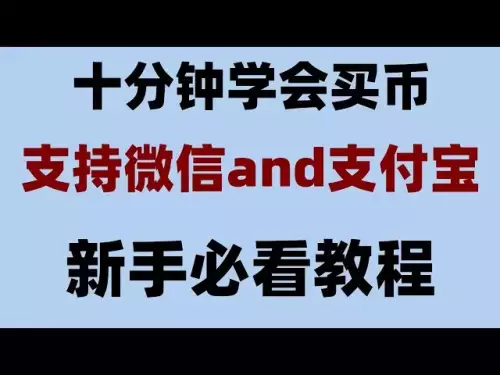-
 bitcoin
bitcoin $109547.008142 USD
0.04% -
 ethereum
ethereum $4011.838726 USD
-0.05% -
 tether
tether $1.000402 USD
-0.01% -
 xrp
xrp $2.798606 USD
0.88% -
 bnb
bnb $970.877944 USD
1.39% -
 solana
solana $202.237275 USD
-0.95% -
 usd-coin
usd-coin $0.999673 USD
0.00% -
 dogecoin
dogecoin $0.229294 USD
-1.15% -
 tron
tron $0.336370 USD
-0.45% -
 cardano
cardano $0.777260 USD
-1.66% -
 hyperliquid
hyperliquid $45.503019 USD
1.73% -
 ethena-usde
ethena-usde $1.000362 USD
0.01% -
 chainlink
chainlink $20.785303 USD
-1.10% -
 avalanche
avalanche $28.755822 USD
-0.11% -
 stellar
stellar $0.358303 USD
-0.48%
How to add margin to Huobi contract
By activating margin trading on Huobi, traders can augment their capital, potentially boosting their profits while recognizing and managing the accompanying risks.
Nov 08, 2024 at 09:31 am
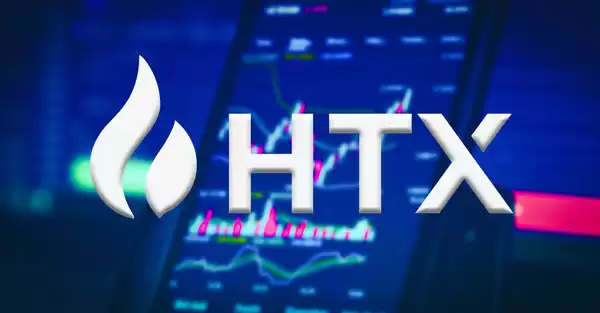
Margin trading is a powerful tool that can amplify your profits in the cryptocurrency market. By adding margin to your Huobi contract, you can trade with more capital than you have in your account. This can lead to greater profits, but it also comes with increased risk.
It is important to understand the risks of margin trading before you start. Margin trading can magnify your profits, but it can also magnify your losses. You should always trade with caution and only use margin trading if you have a solid understanding of the risks involved.
If you are comfortable with the risks, then you can follow the steps below to add margin to your Huobi contract.
1. Open a Huobi AccountIf you don't already have a Huobi account, you will need to create one before you can add margin to your contract. You can open a Huobi account by visiting the Huobi website and clicking on the "Sign Up" button.
2. Deposit Funds into Your Huobi AccountOnce you have opened a Huobi account, you will need to deposit funds into your account before you can add margin to your contract. You can deposit funds into your Huobi account by clicking on the "Deposit" button on the Huobi website.
3. Enable Margin TradingOnce you have deposited funds into your Huobi account, you will need to enable margin trading. To enable margin trading, go to the "Contracts" tab on the Huobi website and click on the "Settings" button. Then, click on the "Enable Margin Trading" button.
4. Choose a Contract to TradeOnce you have enabled margin trading, you will need to choose a contract to trade. Huobi offers a variety of contracts, including futures, options, and perpetual swaps. You can choose a contract to trade by clicking on the "Contracts" tab on the Huobi website and browsing through the available contracts.
5. Set Your Margin LevelOnce you have chosen a contract to trade, you will need to set your margin level. The margin level is the amount of margin you want to use for your trade. Margin levels are expressed as a percentage of the contract value. For example, a margin level of 10% means that you are using 10% of the contract value as margin.
6. Place Your OrderOnce you have set your margin level, you can place your order. To place an order, click on the "Buy" or "Sell" button on the Huobi website. Then, enter the quantity of the contract you want to buy or sell and click on the "Place Order" button.
7. Monitor Your PositionOnce you have placed your order, you will need to monitor your position. You can monitor your position by clicking on the "Positions" tab on the Huobi website. Here, you will see information about your open positions, including the current price of the contract, your profit and loss, and your margin level.
8. Close Your PositionWhen you are ready to close your position, you can click on the "Close Position" button on the Huobi website. This will close your position and return your margin to your account.
ConclusionAdding margin to your Huobi contract can be a powerful tool for increasing your profits. However, it is important to understand the risks involved before you start. You should always trade with caution and only use margin trading if you have a solid understanding of the risks involved.
Disclaimer:info@kdj.com
The information provided is not trading advice. kdj.com does not assume any responsibility for any investments made based on the information provided in this article. Cryptocurrencies are highly volatile and it is highly recommended that you invest with caution after thorough research!
If you believe that the content used on this website infringes your copyright, please contact us immediately (info@kdj.com) and we will delete it promptly.
- Digital Asset Treasuries, M&A, and the Crypto Berkshire Hathaway: A New Era
- 2025-09-29 02:25:14
- PEPE Price Prediction: Meme Coin Mania or Fading Fad?
- 2025-09-29 03:05:13
- HBAR, Crypto, Buy Now: Decoding the Hype and Finding the Real Gems
- 2025-09-29 03:05:13
- DeepSnitch AI: Your Crypto Fortune Teller for 2025?
- 2025-09-29 02:25:14
- Investors, Ethereum, and Citigroup: Navigating the Crypto Landscape in 2025
- 2025-09-29 03:18:09
- BlockchainFX, Dogecoin, and Crypto Coins: A New York Minute on the Future
- 2025-09-29 02:30:01
Related knowledge
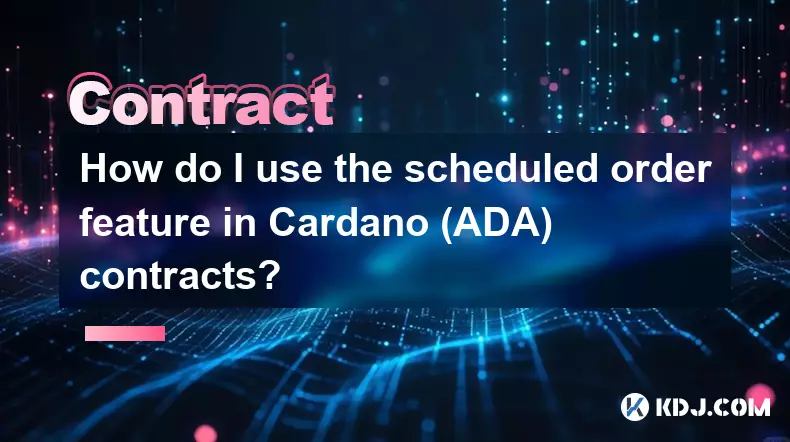
How do I use the scheduled order feature in Cardano (ADA) contracts?
Sep 28,2025 at 10:18pm
Understanding Scheduled Orders in Cardano Smart ContractsCardano operates on a proof-of-stakes consensus mechanism and uses the Plutus scripting langu...

How do I enable the "scalping-only" mode for Cardano (ADA) contracts?
Sep 24,2025 at 03:19am
Understanding Scalping Strategies in Crypto Derivatives1. Scalping in cryptocurrency trading refers to executing multiple short-term trades within min...
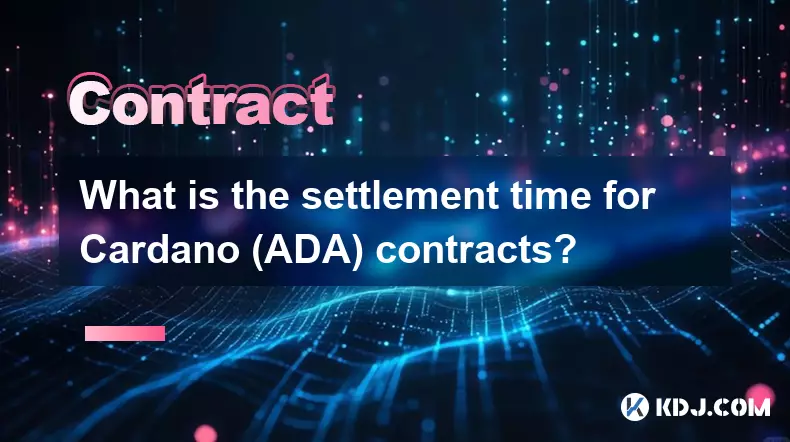
What is the settlement time for Cardano (ADA) contracts?
Sep 28,2025 at 04:18am
Understanding Cardano's Contract Settlement Mechanism1. Cardano operates on a proof-of-stake consensus model known as Ouroboros, which fundamentally i...

How do I add margin to Cardano (ADA) contracts?
Sep 27,2025 at 07:54pm
Understanding Margin in Cardano (ADA) Smart ContractsCardano operates on a proof-of-stake blockchain that supports smart contracts through its Plutus ...
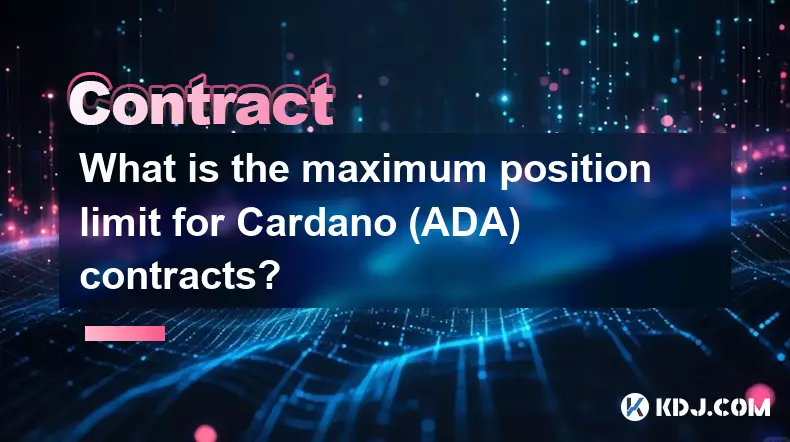
What is the maximum position limit for Cardano (ADA) contracts?
Sep 23,2025 at 11:00pm
Understanding ADA Futures and Derivatives Market Structure1. Cardano (ADA) futures contracts are offered by several major cryptocurrency derivatives e...
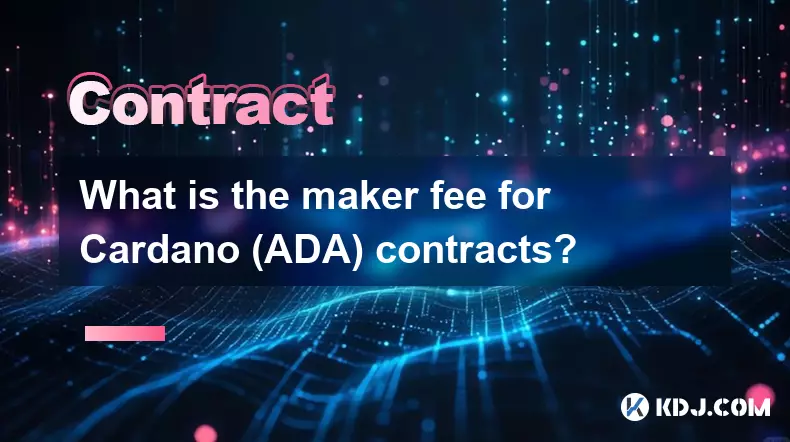
What is the maker fee for Cardano (ADA) contracts?
Sep 26,2025 at 09:01am
Understanding Maker Fees in Cardano (ADA) Contracts1. The concept of maker fees applies broadly across decentralized exchanges and smart contract plat...

How do I use the scheduled order feature in Cardano (ADA) contracts?
Sep 28,2025 at 10:18pm
Understanding Scheduled Orders in Cardano Smart ContractsCardano operates on a proof-of-stakes consensus mechanism and uses the Plutus scripting langu...

How do I enable the "scalping-only" mode for Cardano (ADA) contracts?
Sep 24,2025 at 03:19am
Understanding Scalping Strategies in Crypto Derivatives1. Scalping in cryptocurrency trading refers to executing multiple short-term trades within min...

What is the settlement time for Cardano (ADA) contracts?
Sep 28,2025 at 04:18am
Understanding Cardano's Contract Settlement Mechanism1. Cardano operates on a proof-of-stake consensus model known as Ouroboros, which fundamentally i...

How do I add margin to Cardano (ADA) contracts?
Sep 27,2025 at 07:54pm
Understanding Margin in Cardano (ADA) Smart ContractsCardano operates on a proof-of-stake blockchain that supports smart contracts through its Plutus ...

What is the maximum position limit for Cardano (ADA) contracts?
Sep 23,2025 at 11:00pm
Understanding ADA Futures and Derivatives Market Structure1. Cardano (ADA) futures contracts are offered by several major cryptocurrency derivatives e...

What is the maker fee for Cardano (ADA) contracts?
Sep 26,2025 at 09:01am
Understanding Maker Fees in Cardano (ADA) Contracts1. The concept of maker fees applies broadly across decentralized exchanges and smart contract plat...
See all articles






















